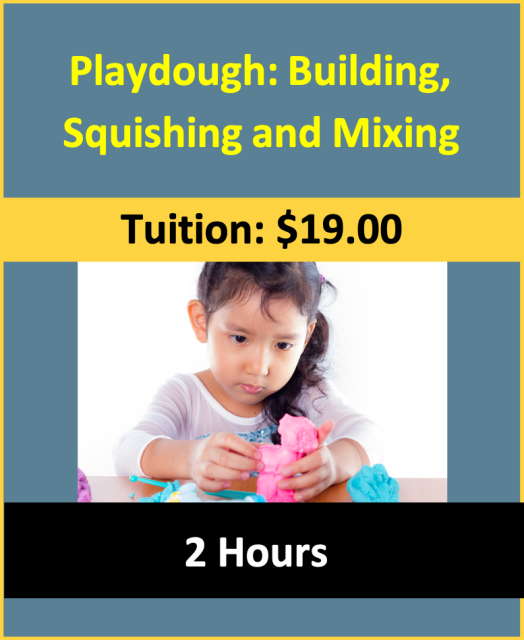Teaching Children How to Use a Puzzle
Lesson Plan:
|
Activity:
Teaching Children How to Use a Puzzle
Demonstrate How to Use a Puzzle with Purpose: Children will often turn the puzzle upside down, dumping the pieces into a pile; as well as missing puzzle pieces and difficulty re-creating the picture. When this happens, it is often the teacher who must sort through the pieces and re-assemble the puzzles. Working puzzles thoughtfully assists working memory, small motor development, logic, sequencing, patience, persistence, and self-control. Lesson plan developed by Ms. Debra Hasbrook, M.Ed.
Age Group:
* Lesson plan objective and assessment can be adapted to use this activity with toddlers.
Objectives:
Child will:
Supportive Information for the Objective
|
II.4.2a
- Activities and materials encourage children of varying abilities to develop their small muscles
- a) Individual fine motor skills are encouraged through a variety of developmentally appropriate materials and activities
II.5.2a
- Activities and equipment stimulate children’s thinking and problem-solving.
- a) Activities and equipment provide a variety of opportunities for cognitive development
Materials:
- inset puzzle containing less than 12 pieces
Anticipatory Set:
- Children may practice picking out a place mat and choosing a work area.
- Children may practice walking to a shelf, selecting an activity, working it and returning it when done.
- Read story books and point out the direction the pages are turned to complete the story, and the direction in which words are set out on the page left to right.
- Children may play games to practice choosing the left hand, and right hand or foot.
- Children may practice putting things in a row such as balls of playdough, cars, or blocks, etc.
I am a Puzzle
I’m a picture of something,
But if you tip me upside down.
I will scatter everywhere,
And make a noisy sound.
Carefully remove my pieces,
And place them in a row,
It will help you see me clearly,
And where my pieces go.
~ by Debbie Hasbrook M.Ed.
I’m a picture of something,
But if you tip me upside down.
I will scatter everywhere,
And make a noisy sound.
Carefully remove my pieces,
And place them in a row,
It will help you see me clearly,
And where my pieces go.
~ by Debbie Hasbrook M.Ed.
Procedure:
This activity is easier to present with an inset puzzle containing less than 12 pieces.
- The teacher will only display puzzles that are developmentally appropriate for the students and enough puzzles for children who have had an opportunity to see a demonstration of how to use this piece of equipment. It is best to demonstrate this activity to a small group of three to five children who are similar in development level.
- The teacher collects and then shows the children how to lay out a placemat that defines the work area for the puzzle pieces.
- The teacher will walk the children to the puzzle shelf, show the children how to collect the puzzle and carefully set it down on the table.
- The teacher will carefully remove the pieces one at a time, from left to right. The teacher will set them down in a row and in sequence, left to right, next to the puzzle. Placing subsequent rows below the previous when starting a new row.
- Once all of the puzzle pieces are removed, the teacher begins to rebuild the puzzle starting with the first row and the first piece removed.
- Continue replacing the pieces from the same row, picking up pieces from left to right. Always put the puzzle back together in the same sequence that the puzzle pieces were removed.
- When the puzzle is complete, return it to the shelf, roll up the placemat and put it away as well.
Assessment:
- The children may now practice this process with the teacher observing and available to support their work.
- Be attentive to when a child chooses to work a puzzle. Observe and document the steps the child follows when working the puzzle and if the child is successful or needs a review.
Click on the course icon for enrollment information.











